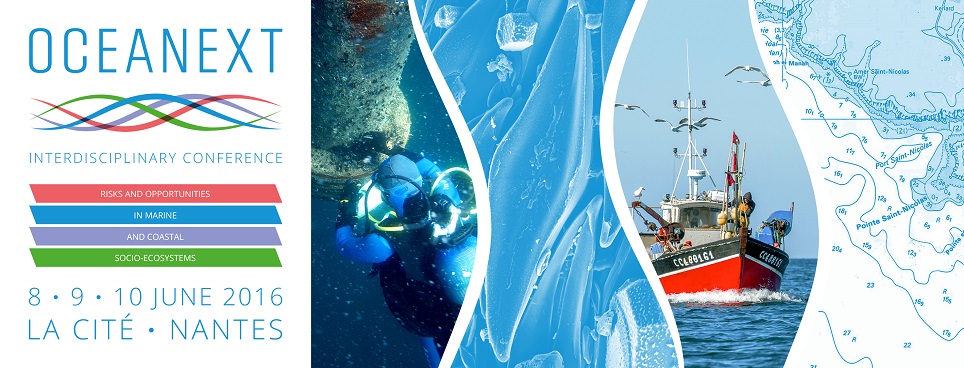Several dinoflagellate species of the genus Dinophysis produce potent lipophilic toxins, and have been implicated as the causative organism of Diarrhetic shellfish poisoning in coastal French water since 1983. We isolated cells from seawater collected in Arcachon bay and established mixotrophic cultures of Dinophysis sacculus and Dinophysis acuminata fed with the ciliate Mesodinium rubrum. Dinophysis acquired its capacity of photosynthesis by retention of the organelles that hosts the ciliate after feeding on the free-living cryptophyte Teleaulax amphioxeia.
LC-MS analysis of Dinophysis sacculus cultures showed trace amount of OA (0.9 pg.cell-1) and moderate level of PTX2 and analogs (33,5 pg eq.PTX2.cell-1) comparable even higher than those measured in natural picked cells (0.1 pg and 5.1 pg.cell-1 respectively). The toxin profile of Dinophysis acuminata cultures should be analyzed by now and compared with that of Dinophysis sacculus.

 PDF version
PDF version
